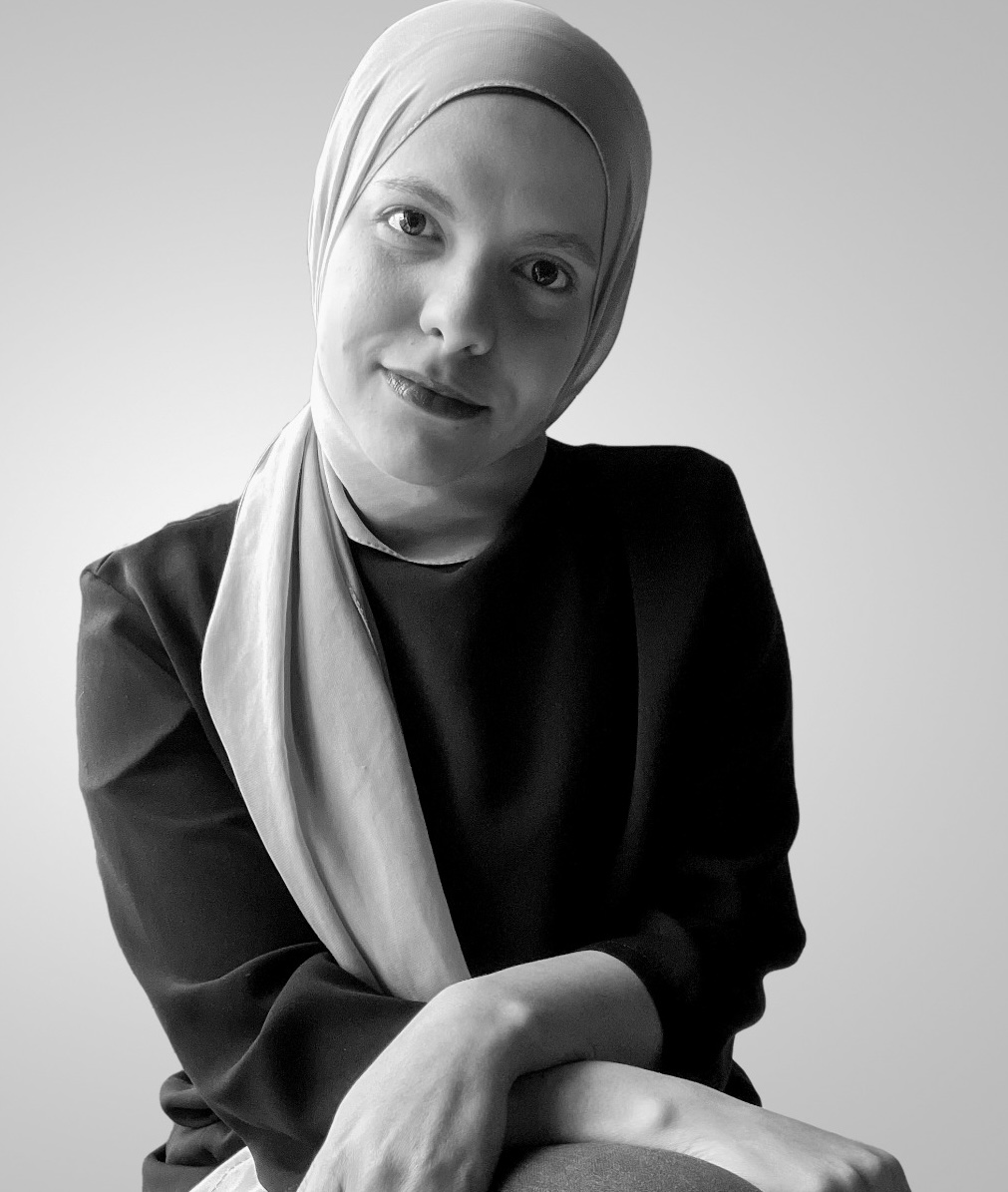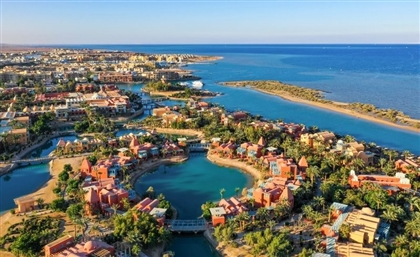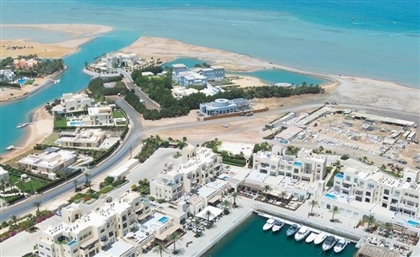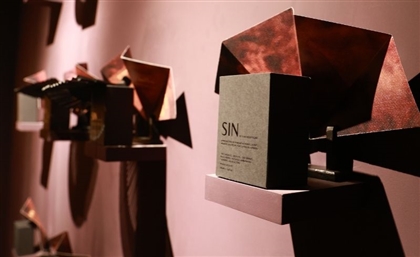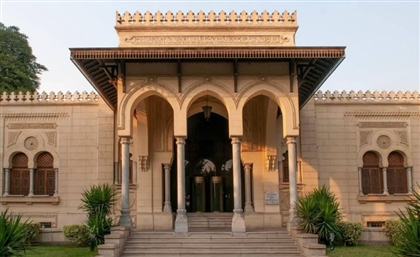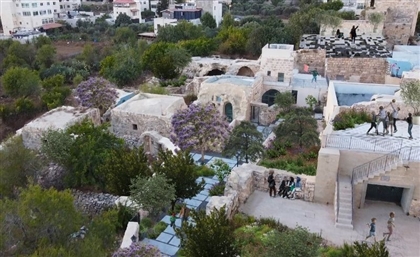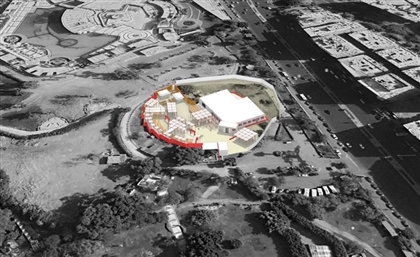DoubleTree by ElGhoneimi International Captures the Essence of the Red
Designed by ElGhoneimi International, the project reflects the rhythm of the Red Sea through an architectural language that merges global hospitality standards with an authentic Egyptian identity.
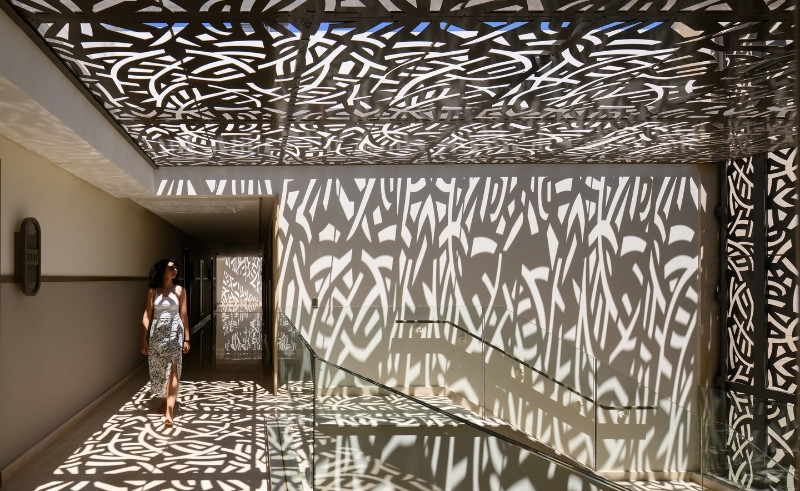
For more than four decades, ElGhoneimi International has shaped Egypt’s architectural landscape with a practice that has evolved from its classical beginnings in 1983 into a studio defined by contemporary design, cultural fluency, and environmental empathy. From landmark civic buildings in Cairo to coastal hospitality destinations and global collaborations, the firm’s portfolio reveals a steady pursuit of contextual integrity and human-scale beauty.
-b5524509-95e2-4f61-8ba7-2ec13b389cae.jpg) Its design ethos resonates through projects such as Sofitel Legend Old Cataract Aswan, JW Marriott Hotel Berlin, and Sofitel Cairo Nile El Gezirah, alongside several currently in development: Dusit Thani Al Khobar in Saudi Arabia, Moxy Cairo Lazoghly, and Hilton Old Cairo. Each reflects a design language that honours place, memory, and modernity in equal measure—architecture conceived not as statement, but as experience.
Its design ethos resonates through projects such as Sofitel Legend Old Cataract Aswan, JW Marriott Hotel Berlin, and Sofitel Cairo Nile El Gezirah, alongside several currently in development: Dusit Thani Al Khobar in Saudi Arabia, Moxy Cairo Lazoghly, and Hilton Old Cairo. Each reflects a design language that honours place, memory, and modernity in equal measure—architecture conceived not as statement, but as experience.
-a2dd7148-ba14-4d08-8148-c4d09d742f1f.jpg) Nowhere is that philosophy more vividly realized than in DoubleTree by Hilton Mangroovy, on the northern edge of El Gouna. Designed by ElGhoneimi International, the property reimagines Egypt’s coastal vernacular through a refined, contemporary lens. The architecture mirrors the rhythm of the Red Sea—its shifting light, textured air, and fluid horizon—while aligning with global hospitality standards and a distinctly Egyptian spirit.
Nowhere is that philosophy more vividly realized than in DoubleTree by Hilton Mangroovy, on the northern edge of El Gouna. Designed by ElGhoneimi International, the property reimagines Egypt’s coastal vernacular through a refined, contemporary lens. The architecture mirrors the rhythm of the Red Sea—its shifting light, textured air, and fluid horizon—while aligning with global hospitality standards and a distinctly Egyptian spirit.
-c6522058-f2ec-4c72-911c-3c4622bd2f74.jpg) “We didn’t want to build a resort that could be anywhere,” says Shadi El Ghoneimi, Head of Design at ElGhoneimi International. “Our aim was to create a hotel with a strong sense of belonging.”
The story of the site began with its landscape: crystalline waters, salt air, and filtered sunlight. The masterplan unfolds as a composition of low-rise, interwoven volumes linked by narrow pathways that invite exploration. Movement through the resort feels discovered rather than designed, an architectural promenade shaped by light and shadow.
“We didn’t want to build a resort that could be anywhere,” says Shadi El Ghoneimi, Head of Design at ElGhoneimi International. “Our aim was to create a hotel with a strong sense of belonging.”
The story of the site began with its landscape: crystalline waters, salt air, and filtered sunlight. The masterplan unfolds as a composition of low-rise, interwoven volumes linked by narrow pathways that invite exploration. Movement through the resort feels discovered rather than designed, an architectural promenade shaped by light and shadow.
-de986caa-ed06-4206-8f0d-db07b760613f.jpg) One of the project’s core challenges lay in weaving a resort into a residential setting without losing intimacy or coherence. The solution was what the architects call an “urban resort”—a reimagined coastal village where narrow walkways open unexpectedly into courtyards, guiding both breeze and people through a sequence of shaded discoveries. The design draws on the logic of Egypt’s traditional urbanism, where density gives way to openness, and light becomes part of the spatial choreography.
One of the project’s core challenges lay in weaving a resort into a residential setting without losing intimacy or coherence. The solution was what the architects call an “urban resort”—a reimagined coastal village where narrow walkways open unexpectedly into courtyards, guiding both breeze and people through a sequence of shaded discoveries. The design draws on the logic of Egypt’s traditional urbanism, where density gives way to openness, and light becomes part of the spatial choreography.
-3b6f0a1b-b8eb-420e-9c64-3c14a9d62aa2.jpg) The essence of Red Sea living is the movement of light, air, and water,” Shadi explains. “We designed spaces that mirror that essence—tight corridors leading to open pockets, shadows that dance across the mashrabiya, and the sound of water as a constant note in the background.”
The essence of Red Sea living is the movement of light, air, and water,” Shadi explains. “We designed spaces that mirror that essence—tight corridors leading to open pockets, shadows that dance across the mashrabiya, and the sound of water as a constant note in the background.”
-0697bfd2-8eaf-4688-8134-d8b20b851220.jpg) That triad—light, air, water—defines the project’s experiential language. Reflective pools and fountains punctuate the courtyards, animating the architecture with shimmer and sound. Vertical circulation towers reinterpret the region’s historic windcatchers, channeling breezes through the complex. Sunlight filters through contemporary mashrabiyas whose geometric patterns, abstracted from mangrove silhouettes, cast a dynamic play of shadow that changes from dawn to dusk.
That triad—light, air, water—defines the project’s experiential language. Reflective pools and fountains punctuate the courtyards, animating the architecture with shimmer and sound. Vertical circulation towers reinterpret the region’s historic windcatchers, channeling breezes through the complex. Sunlight filters through contemporary mashrabiyas whose geometric patterns, abstracted from mangrove silhouettes, cast a dynamic play of shadow that changes from dawn to dusk.-3579d5ea-ac19-456e-9d77-b1ed29613b70.jpg) The material palette furthers the dialogue between nature and culture. Locally sourced tumbled stone and soft white plaster root the structures in place, while accents of mint and coral recall the fishing boats and marine ecosystems that have long defined the Red Sea coast. Inside, natural oak, linen, and neutral tones create a tactile serenity that feels both timeless and unmistakably Egyptian.
The material palette furthers the dialogue between nature and culture. Locally sourced tumbled stone and soft white plaster root the structures in place, while accents of mint and coral recall the fishing boats and marine ecosystems that have long defined the Red Sea coast. Inside, natural oak, linen, and neutral tones create a tactile serenity that feels both timeless and unmistakably Egyptian.
-ece9e141-02ea-47d2-8997-440cf2e982cd.jpg) Circulation follows a central spine, with buildings staggered to preserve privacy and invite curiosity. Among its most distinctive features are six “secret pools”—intimate water courtyards shared by clusters of rooms, giving guests the seclusion of a private villa within a larger resort. Orientation, too, was treated as design: the sunset bar and dining terrace face west toward the Red Sea mountains, catching the amber horizon each evening, while the lobby—envisioned as a refined residential library—anchors the experience with art and literature celebrating Egypt’s cultural renaissance.
Circulation follows a central spine, with buildings staggered to preserve privacy and invite curiosity. Among its most distinctive features are six “secret pools”—intimate water courtyards shared by clusters of rooms, giving guests the seclusion of a private villa within a larger resort. Orientation, too, was treated as design: the sunset bar and dining terrace face west toward the Red Sea mountains, catching the amber horizon each evening, while the lobby—envisioned as a refined residential library—anchors the experience with art and literature celebrating Egypt’s cultural renaissance.
-322fc6d7-1b4b-4a67-a7d4-96291cf9c4bb.jpg) Sustainability is seamlessly embedded rather than declared. Passive cooling, natural ventilation, native landscaping, and collaboration with local artisans turn environmental sensitivity into quiet sophistication. Every element is designed to work in dialogue with its setting, yielding a resort that feels effortless precisely because it is so deliberately considered.
Sustainability is seamlessly embedded rather than declared. Passive cooling, natural ventilation, native landscaping, and collaboration with local artisans turn environmental sensitivity into quiet sophistication. Every element is designed to work in dialogue with its setting, yielding a resort that feels effortless precisely because it is so deliberately considered.
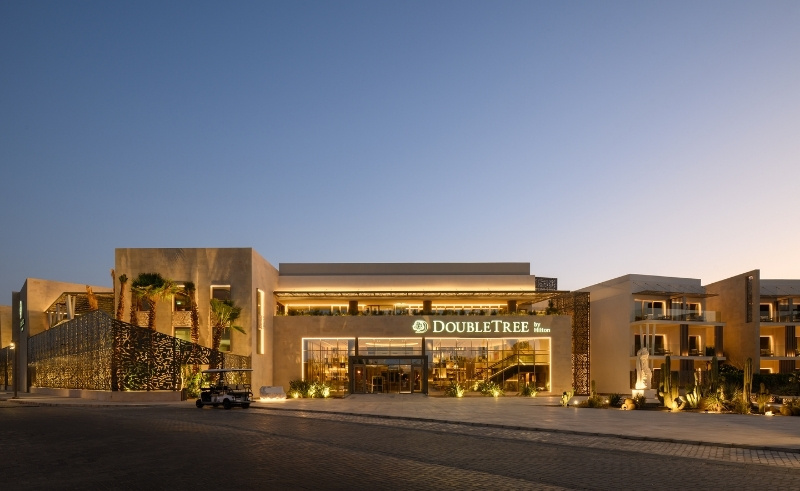 Now complete, DoubleTree by Hilton Mangroovy will celebrate its grand, star-studded opening during this year’s El Gouna Film Festival, a fitting stage for a project that merges cinematic beauty with architectural depth.
Now complete, DoubleTree by Hilton Mangroovy will celebrate its grand, star-studded opening during this year’s El Gouna Film Festival, a fitting stage for a project that merges cinematic beauty with architectural depth.
As Shadi reflects, “Hilton Mangroovy sets a new benchmark for coastal hospitality, showing how architecture can express context, craft, and character through a balance of proportion, texture, and atmosphere.”
Photography credits: Nour El Refai
Trending This Month
-
Nov 18, 2025



